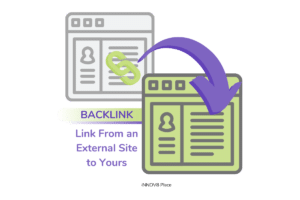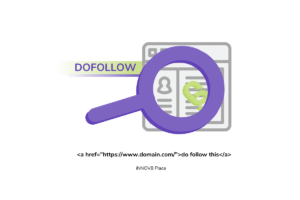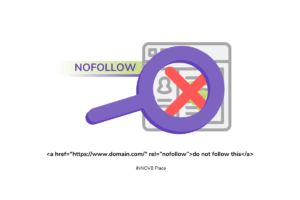When you’re perusing the internet and reading an article, sometimes there will be a hyperlink embedded in the text. If you aren’t familiar with tech, you may have thought these links were simply there to cite their source. However, this is not always the case. These links also serve an important purpose in search engine optimization. This practice is known as backlinking.
What is a Backlink?
Simply put, a backlink is when an outside website links back to yours. They are also known as “external” or “inbound” links. Backlinks are a key indicator to a search engine on the authority and trustworthiness of your site. However, not all backlinks are the same. A high-quality backlink is one that comes from a reputable website, one that Google trusts. The more trust and authority that surrounds your site, the higher your ranking can become.

These high-quality backlinks can help to increase a site’s ranking position and visibility in search results. Say you get a backlink from a popular blog that typically is looked at as an industry authority. That link would help your site rank higher than a backlink from a small starting blog.
It should be stated that you will get more of a bump from 100 different sites linking to your site, but you will not get the same results from 100 links from the same site. After the first link, search engines will read multiple links from one site at a lower and lower authority. It is a smart move to gain multiple types of sites linking to you as well. The more sites that refer back to you, the more Google will trust your site.
Basic Types of Backlinks
There are two basic types of backlinks. The first and most relevant is the “dofollow” links. The “dofollow” tag on the link code tells the search engine there is a link there that should be recognized. This will add value to the site it is linking to.

The second type of link is called a “nofollow” link. The “nofollow” tag tells the search engine to pass by this link. This type of link does not offer and value as far as your search engine results, but don’t let that discourage you. Even if your site is simply mentioned, you could see a surge in traffic.
Toxic Backlinks
However, there are “dofollow” backlinks out there that can harm your site ranking as well. Be wary. A bad backlink is one that goes against Google’s Webmaster Guidelines. For instance, say that a suspicious site links to your homepage using hidden text. This will signal to the search engine that something is wrong, and your site rank may be affected.
This can also be said for links that you have paid for. If a link is paid for, a “sponsored” tag may be used for this backlink. This could potentially harm your reputation with Google, as paying for backlinks is against the Guidelines.
How do I get backlinks?
There are quite a few ways to build up your backlinks. One way to do this is to reach out to websites and offer to write guest posts. These posts can be linked back to your site and show that you have a good relationship with the more authoritative one.
You could also research blogs that are ranking well and improve on it. Add more details, answer more questions. Offer more value to your readers and Google will offer more value to your search rank.
These are simply a few of our recommendations. If you are still stuck and need a personal approach, contact us for a consultation! We would be happy to speak with you about your SEO needs.





